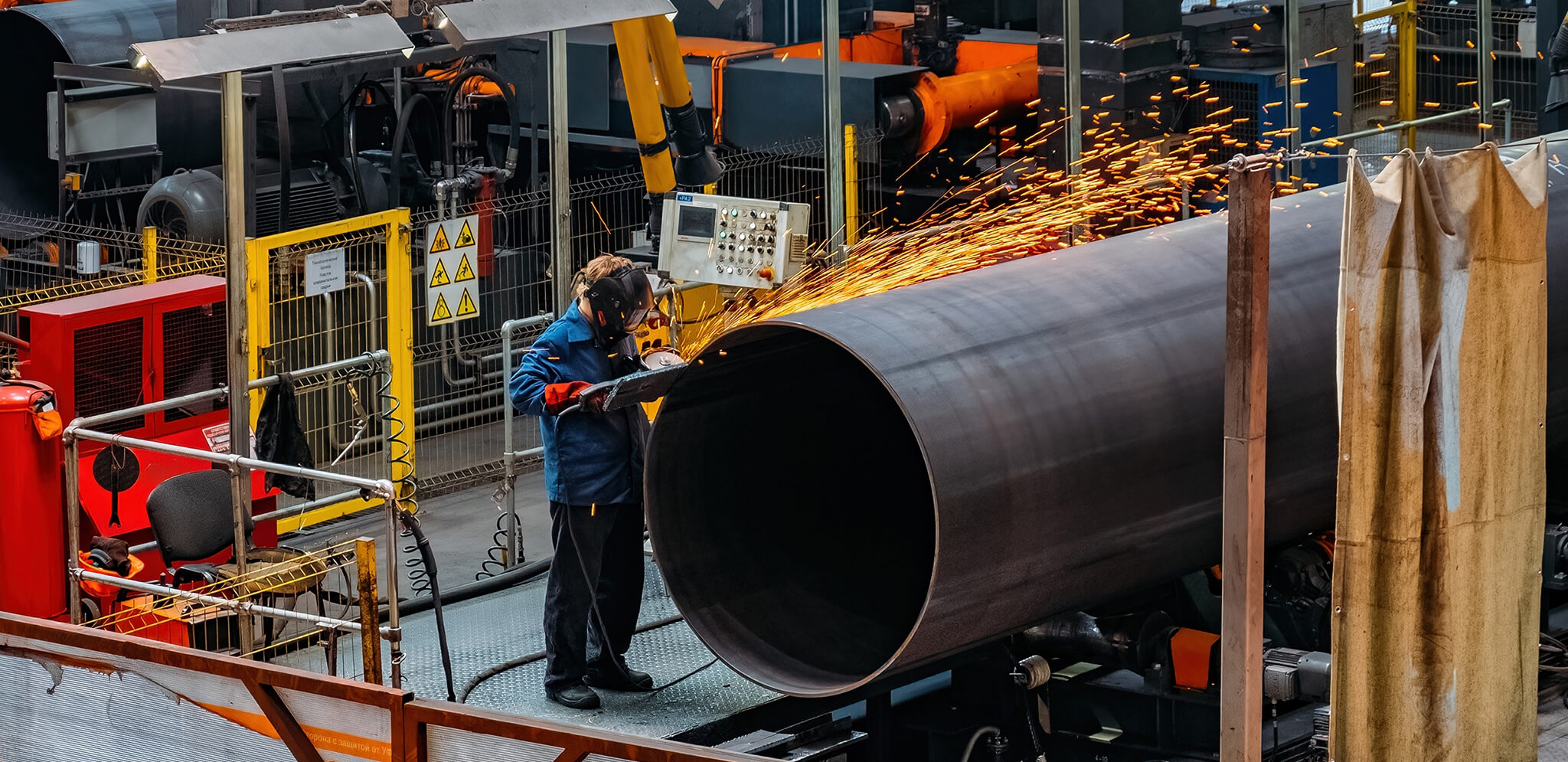Water management is critical to maintaining a functioning and efficient water system. Whether it’s for municipal water supply, irrigation systems, or firefighting operations, having the right tools for the job is essential. Pipe and hydrant wrenches are versatile, much-needed tools in water management that play a crucial role in maintaining and repairing water infrastructure.
Pipe wrenches are designed to grip and turn pipes, fittings, and other cylindrical objects during installation, maintenance, and repair. They come in various sizes to accommodate different pipe diameters and are commonly used by plumbers, maintenance workers, and utility technicians. The adjustable jaws of a pipe wrench allow for a secure grip on pipes of various sizes, making it an indispensable tool for any water management professional.
On the other hand, hydrant wrenches are specifically designed for operating fire hydrants. They open and close hydrant valves, remove caps and operate other hydrant components. Firefighters and municipal water system operators rely on hydrant wrenches to quickly access water in emergencies and perform routine maintenance on hydrants throughout the year.
Both pipe and hydrant wrenches are essential tools for water management. They enable the safe and efficient operation of water infrastructure. Whether repairing a leaking pipe, conducting routine maintenance on a fire hydrant, or responding to a water-related emergency, having the right wrenches on hand is crucial for getting the job done effectively.
One of the key benefits of pipe and hydrant wrenches is their versatility. These tools can be used in a wide range of applications within the field of water management. From installing new pipes to repairing existing ones, pipe wrenches are indispensable for securing and turning pipes during installation. Similarly, hydrant wrenches are essential for accessing water from fire hydrants during firefighting operations and performing routine maintenance on these critical water system components.
In addition to their versatility, pipe, and hydrant wrenches are also designed to withstand the rigors of the job. Made from durable materials such as steel or aluminum, these wrenches are built to withstand heavy use and provide reliable performance in demanding environments. This durability ensures water management professionals can rely on their tools to perform effectively, even under challenging conditions.
To ensure their durability and effectiveness, pipe and hydrant wrenches are typically made from high-quality materials that can withstand the demands of their intended applications.
Steel is one of the most common materials used in constructing pipe and hydrant wrenches. Steel offers excellent strength and durability, making it well-suited for heavy-duty applications. In addition, steel can be heat-treated to enhance its hardness and wear resistance further, ensuring that the wrench can withstand the rigors of daily use without succumbing to premature wear or damage.
Another popular material for pipe and hydrant wrenches is aluminum. Aluminum is valued for its lightweight nature, which can reduce user fatigue during prolonged use. Despite being lighter than steel, aluminum still offers respectable strength and corrosion resistance, making it a suitable choice for wrenches intended for outdoor or water-related applications.
In some cases, manufacturers may also utilize alloy blends to create pipe and hydrant wrenches with enhanced properties. For example, chromium-vanadium alloy steel is known for its exceptional strength and resistance to abrasion, making it an ideal choice for heavy-duty wrenches subjected to high stress and wear levels.
In addition to the primary material used in constructing the wrench itself, it’s important to consider the material of the handle grips. Comfortable and ergonomic handle grips are crucial for reducing hand fatigue and improving overall user experience. Common materials for handle grips include rubber and thermoplastic elastomers, both of which offer excellent grip and shock absorption properties.
It’s worth noting that regardless of the specific material used, pipe and hydrant wrenches are often coated or treated to enhance their performance further. For example, when used in wet or outdoor environments, a corrosion-resistant coating may be applied to steel wrenches to protect them from rust and deterioration. Similarly, anodizing may be used to improve aluminum wrenches’ surface hardness and wear resistance.
Another important aspect of pipe and hydrant wrenches is their ergonomic design. These tools are engineered to provide a comfortable and secure grip, reducing the risk of hand fatigue and injury during prolonged use. This ergonomic design is especially important for professionals needing to use these wrenches for extended periods, such as during emergency response situations or large-scale maintenance projects.
Pipe and hydrant wrenches are versatile, much-needed tools in water management that play a crucial role in maintaining and repairing water infrastructure. Their ability to securely grip pipes and operate fire hydrants makes them indispensable for professionals in water management. With their durability, versatility, and ergonomic design, these wrenches ensure water systems’ safe and efficient operation. Whether for routine maintenance, emergency response, or new installations, having the right wrenches on hand is essential for getting the job done effectively in water management.
If you need a plumbing supply company, reach out to Schulte Supply today. We can help you find the pipe fitting tools you need to complete the job. Our supply chain ensures we offer quality products for a multitude of jobs.

